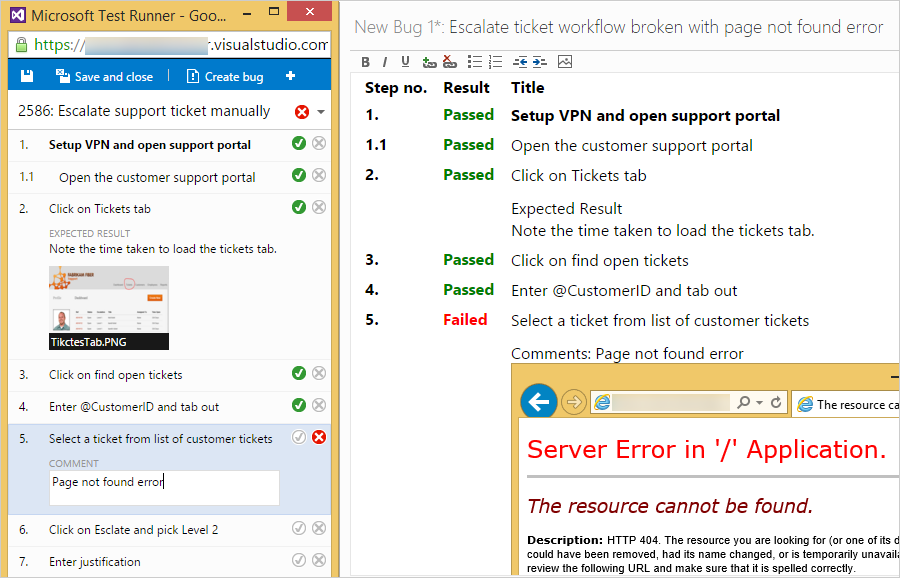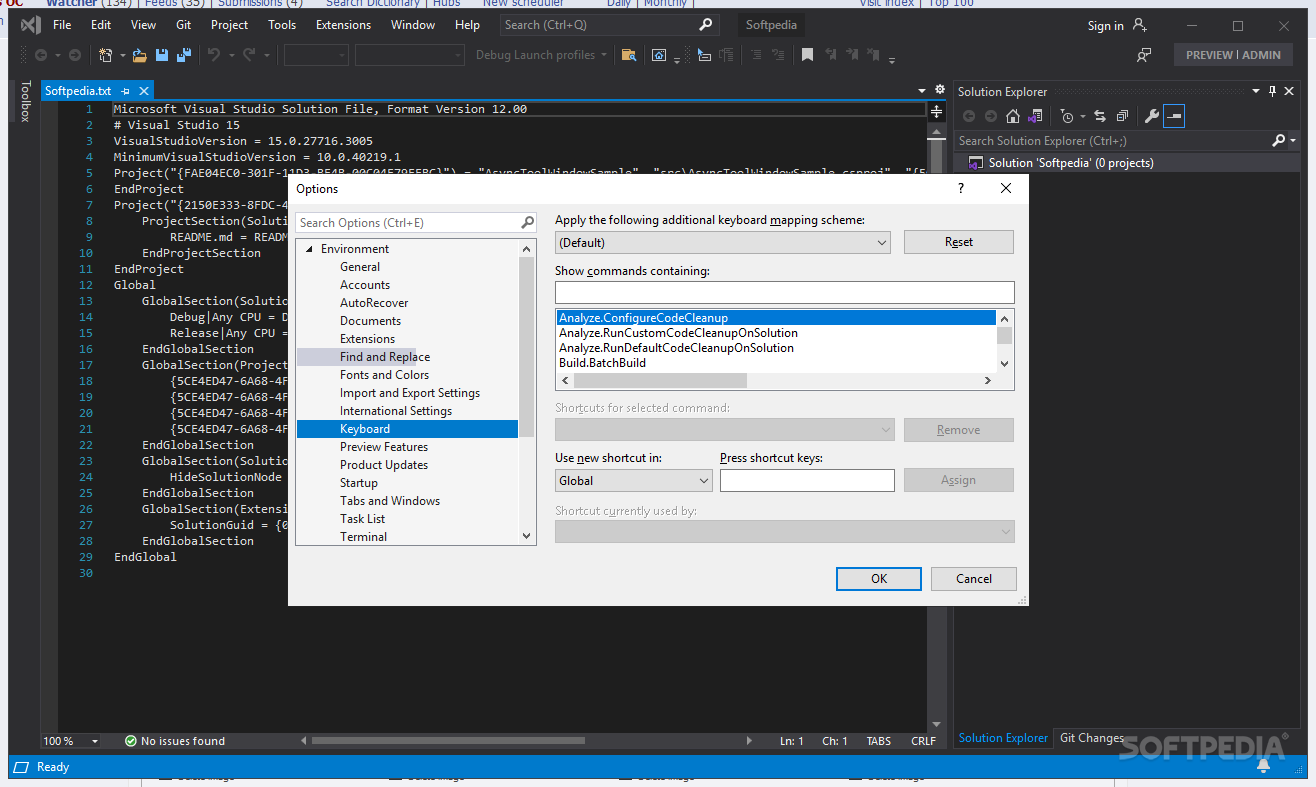

- HOW TO TEST A FILE IN MICROSOFT VISUAL STUDIO 2017 FULL
- HOW TO TEST A FILE IN MICROSOFT VISUAL STUDIO 2017 CODE
runsettings file to automatically determine the framework version from the built binaries. Omit the TargetFrameworkVersion element from the. NET, the actual version is determined by the test project's (or more precisely runtimeconfig.json).įor UWP, the test project application is a testhost by itself, and determines the actual version of UWP that is used. NET Framework 4.5.1 testhost is used.įor. NET Framework 4.5.1 - 4.8 a testhost that was built with the specified exact version is used. Every test runtime provider must respect the framework family to be used, but might not respect the exact framework version:įor. The provided value is used to determine the test runtime provider to be used. For backwards compatibility Framework35, Framework40, Framework45, FrameworkCore10, FrameworkUap10 are accepted, meaning ( net35, net40, net45, netcoreapp1.0 and uap10.0 respectively).

HOW TO TEST A FILE IN MICROSOFT VISUAL STUDIO 2017 FULL
This setting defines the framework version, or framework family to use to run tests.Īccepted values are any framework moniker such as net48, net472, net6.0, net5.0, netcoreapp3.1, uap10.0 or any valid full framework name such as. The path is relative to the directory that contains. The directory where test results are placed. The actual number of testhosts that will be started is determined by the amount of distinct DLLs in the run. 6, for a computer with 6 physical cores without multi-threading, or 12, for a computer with 6 physical cores with multi-threading). A special value 0 allows as many testhosts as you have logical processors (e.g. The default value is 1, meaning that only one testhost will run at the same time. Controlling the parallel execution within a DLL (on the thread-level) is up to the test framework such as MSTest, XUnit or NUnit. This setting does not force tests in each test DLL to run in parallel. Each DLL will run in its own testhost process, and will be isolated on the process level from the tests in other test DLLs. This setting determines the maximum number of test DLLs, or other test containers that can run in parallel. Use 0 to enable the maximum process-level parallelism. This setting controls the level of parallelism on process-level. The option name is case sensitive and is easy to misspell as MaxCPUCount. The RunConfiguration element can include the following elements: Node %SystemDrive%\Temp\foo %SystemDrive%\Temp\bar Įach of the configuration elements is optional because it has a default value. For a complete sample, see Example *.runsettings file.

The sections that follow detail the different elements. The *.runsettings file is an XML file that contains different configuration elements within the RunSettings element. Or -settings:nsettings test.dllįor more information, see command-line options. Open Developer Command Prompt for Visual Studio.Įnter a command similar to: MyTestAssembly.dll /EnableCodeCoverage /Settings:nsettings To run tests from the command line, use, and specify the settings file by using the /Settings parameter. Specify a run settings file from the command line
HOW TO TEST A FILE IN MICROSOFT VISUAL STUDIO 2017 CODE
While selected, the run settings file applies whenever you select Analyze Code Coverage. The file appears on the Test menu, and you can select or deselect it. To specify a run settings file in the IDE, select Test > Select Settings File. Visual Studio 2019 version 16.3 and earlier


 0 kommentar(er)
0 kommentar(er)
